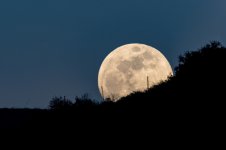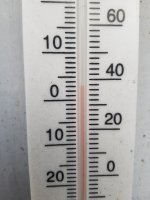PlumberSoCal
? Guy Fire-y ?

Does the moon hold sway over our plants? Many believe in this ancient practice and I have no idea but as an outdoor grower I need to know sun up/down times and how much light there will be during the day.
The basic idea behind Gardening by the Moon is that the cycles of the Moon affect plant growth. Just as the Moon’s gravitational pull causes tides to rise and fall, it also affects moisture in the soil.
Therefore, it’s said that seeds will absorb more water during the full Moon and the new Moon, when more moisture is pulled to the soil surface. This causes seeds to swell, resulting in greater germination and better-established plants.
Moon phase gardening takes into account two periods of the lunar cycle: the time between the new Moon and the full Moon (the waxing of the Moon), and the time between the full Moon and the new Moon (the waning of the Moon). It’s considered best to plant certain types of plants during the waning of the Moon and other types during the waxing.
The Moon also impacts plant growth through geotropism—which is how plants grow in response to gravity. Roots grow downward in the direction of gravitational pull and stems grow in the opposite direction (i.e., upwards). This behavior can be easily demonstrated with potted plants. Lay one on its side and the stem will grow upwards. Or, consider a tulip bulb: if you plant the bulb incorrectly with the pointed end down, it will turn around and send its shoots upward, even though it’s in total darkness.
To plant by the Moon, follow these guidelines:
- Plant your annual flowers and fruit and vegetables that bear crops above ground (such as corn, tomatoes, watermelon, and zucchini) during the waxing of the Moon—from the day the Moon is new to the day it is full. As the moonlight increases night by night, plants are encouraged to grow leaves and stems.
- Plant flowering bulbs, biennial and perennial flowers, and vegetables that bear crops below ground (such as onions, carrots, and potatoes) during the waning of the Moon—from the day after it is full to the day before it is new again. As the moonlight decreases night by night, plants are encouraged to grow roots, tubers, and bulbs. ~ Gardening by the Moon
The Winter Solstice was December 21, the shortest day of the year and day length will increase until the Summer Solstice and the longest day of the year June 21.

